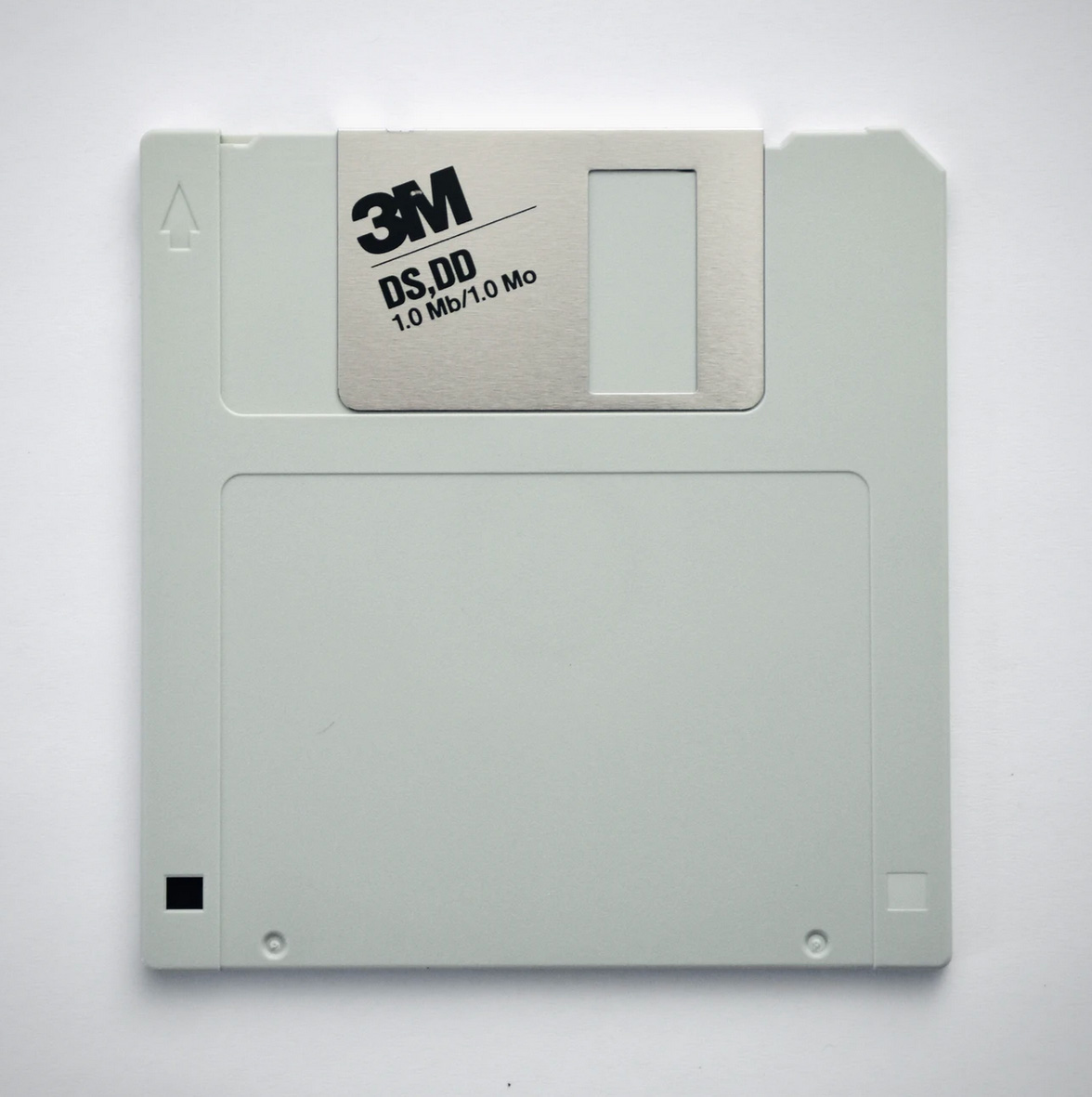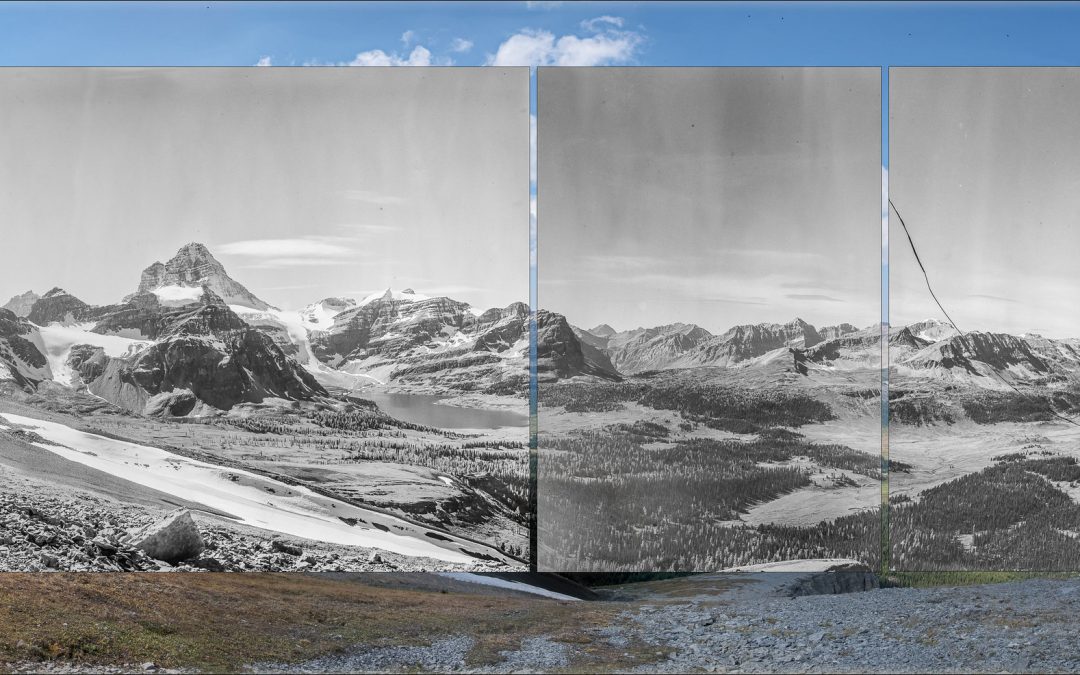Shahira Khair, Data Curation Librarian at the University of Victoria Libraries | April 27, 2021
As our lives become increasingly digital through our growing reliance on digital tools for communication, work and entertainment (which has only accelerated through the current COVID-19 pandemic) one question we all ask ourselves is will our digital information persist over time? in 10 years…100 years… 1,000 years….
The Mountain Legacy Project (MLP) provides a clear demonstration for the value of digital preservation. Phototopographic surveys of the mountains in Western Canada, gathered for non-research purposes from the 1880s to 1950s, now offer an unprecedented dataset for present-day researchers to analyze landscape conditions during a period of intense change, in settlement and ecological transitions. The MLP has unearthed a vast collection of systematic survey images, maps, and other data dating back to the late 19th century from Library and Archives Canada and the British Columbia Archives, and have re-photographed thousands of images over the last 20 years.
Who at the time of these surveys could have anticipated the value that these photos now hold for research? Without the work of archivists to preserve these materials, they would have been lost to time.


Diskette – this medium could hold between 720KB and 1.4MB of data.
In the past several decades the volume and extent of data generated across all areas of research has exploded, thanks to the advancement and adoption of new digital tools and methods. This digital shift in the research process holds promise and potential for innovations and increasingly interdisciplinary research, as digital data can more easily be shared and reused compared with analog formats (aka non-electronic media, such as paper and film).
However, the collection and curation of digital forms of information also comes with distinctive technology, policy, and management considerations to ensure long-term accessibility and usability. One need only pay a quick visit to the University of Victoria Libraries’ Obsolete Computing and Media Lab to realize that digital tools and the data they contain can quickly become unusable without planning and maintenance.
This emerging reality has increased emphasis on the importance of Research Data Management, including new requirements from funding agencies,[1] publishers, and research institutions, aimed at improving the likelihood that research data underlying publications and other research outputs will persist over time.
Librarians and archivists in research institutions across Canada hold a wealth of expertise in digital preservation, and play an important role in supporting the long-term accessibility and reusability of digital research data. The act of digital preservation is not a passive exercise that many might associate with boxes of files sitting neatly on rows of shelves. Rather it is accomplished through ongoing engagement, which involves monitoring, planning, and administering complex workflows to support the persistence of data over time.[2]
Present-day researchers are searching for technological means to preserve their digital data with time spans approaching analog formats. However, without robust efforts and infrastructure to support digital preservation, digital materials are typically doomed to corruption and loss within the span of several years.
Thanks to emerging national efforts in Canada, infrastructure supporting the digital preservation of Canadian research data is getting into place. Back in 2018, the MLP reached out to the University of Victoria Libraries for support with long-term storage and preservation of its collection of digital photographs. Due to the large file sizes of these high resolution images, the project was deemed a strong candidate to test out a new national data service called the Federated Research Data Repository, which was developed as a collaboration between Compute Canada and the Canadian Association of Research Libraries and is currently funded through Canada’s New Digital Research Infrastructure Organization.
The Federated Research Data Repository is a national, bilingual platform where research data can be stored, shared, and preserved. Datasets submitted to the platform may be selected to undergo preservation processing, which bundles all files and metadata comprising the dataset into an Archival Information Package (AIP). An AIP contains both the original data files as well as copies that have been normalized into more preservation-friendly formats. Through this preservation processing, these files can then be stored with a network of distributed preservation partners.
Last month, the Federated Research Data Repository officially launched into full production, thanks to federal funding from Canada’s New Digital Research Infrastructure Organization.[3]
While research stands on the shoulders of those who have come before us, this legacy is continued through the infrastructure and support of libraries and archives. Thanks to the efforts of many in the Canadian library and archives community, the MLP’s unique and invaluable datasets will be securely stored and preserved for future use.
References
[1] http://www.science.gc.ca/eic/site/063.nsf/eng/h_97610.html
[2] https://engagedri.ca/wp-content/uploads/2020/12/NDRIO-preservation-white-paper.pdf


